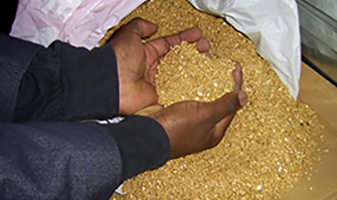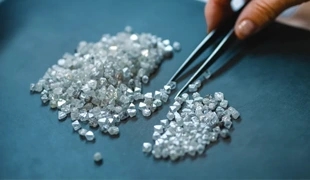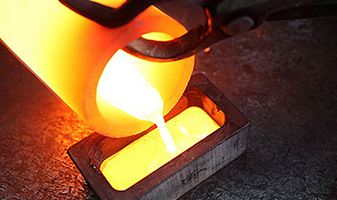Mining
Mining is the extraction of valuable minerals or other geological materials from the Earth, usually from an ore body, lode, vein, seam, reef or placer deposit. These deposits form a mineralized package that is of economic interest to the miner.
Mining of stones and metal has been a human activity since pre-historic times. Modern mining processes involve prospecting for ore bodies, analysis of the profit potential of a proposed mine, extraction of the desired materials, and final reclamation of the land after the mine is closed
Machines
Heavy machinery is used in mining to explore and develop sites, to remove and stockpile overburden, to break and remove rocks of various hardness and toughness, to process the ore, and to carry out reclamation projects after the mine is closed. Bulldozers, drills, explosives and trucks are all necessary for excavating the land. In the case of placer mining, unconsolidated gravel, or alluvium, is fed into machinery consisting of a hopper and a shaking screen or trommel which frees the desired minerals from the waste gravel. The minerals are then concentrated using sluices or jigs.
Large drills are used to sink shafts, excavate stopes, and obtain samples for analysis. Trams are used to transport miners, minerals and waste. Lifts carry miners into and out of mines, and move rock and ore out, and machinery in and out, of underground mines. Huge trucks, shovels and cranes are employed in surface mining to move large quantities of overburden and ore. Processing plants utilize large crushers, mills, reactors, roasters and other equipment to consolidate the mineral-rich material and extract the desired compounds and metals from the ore.




